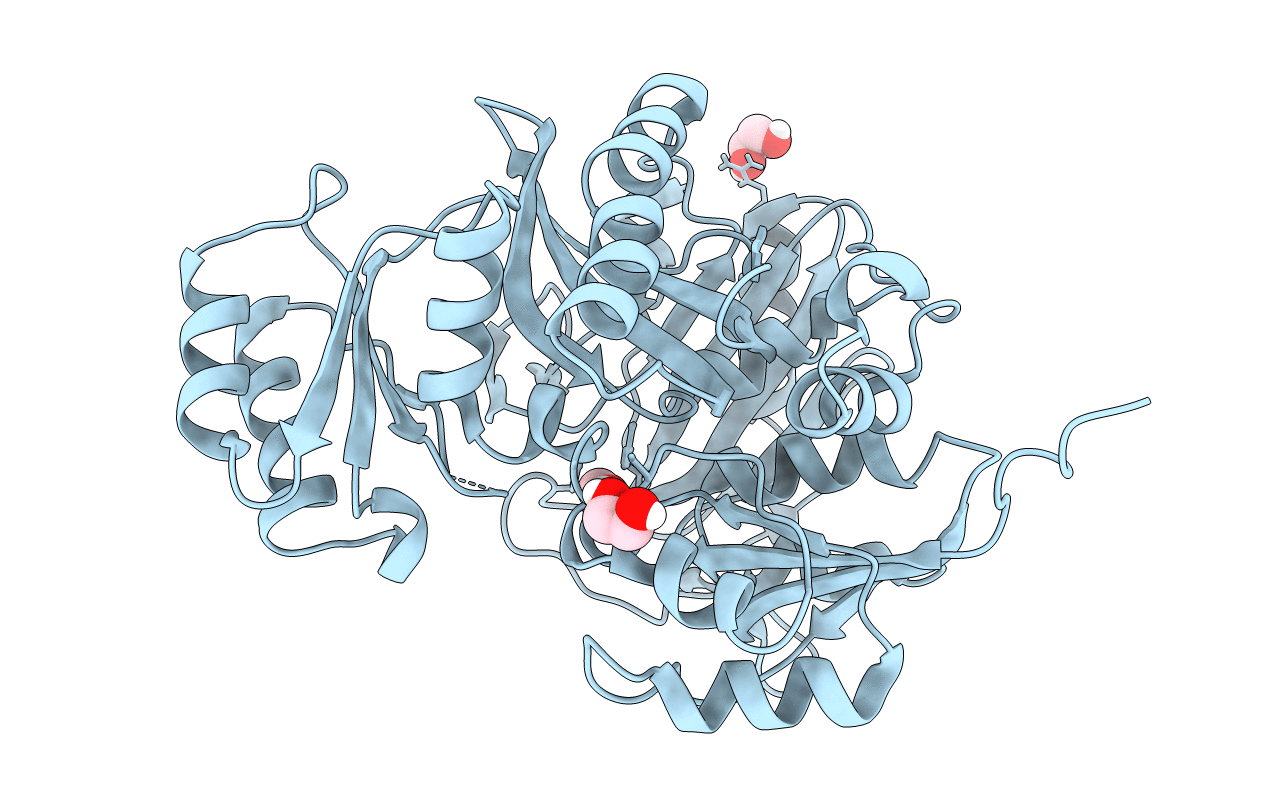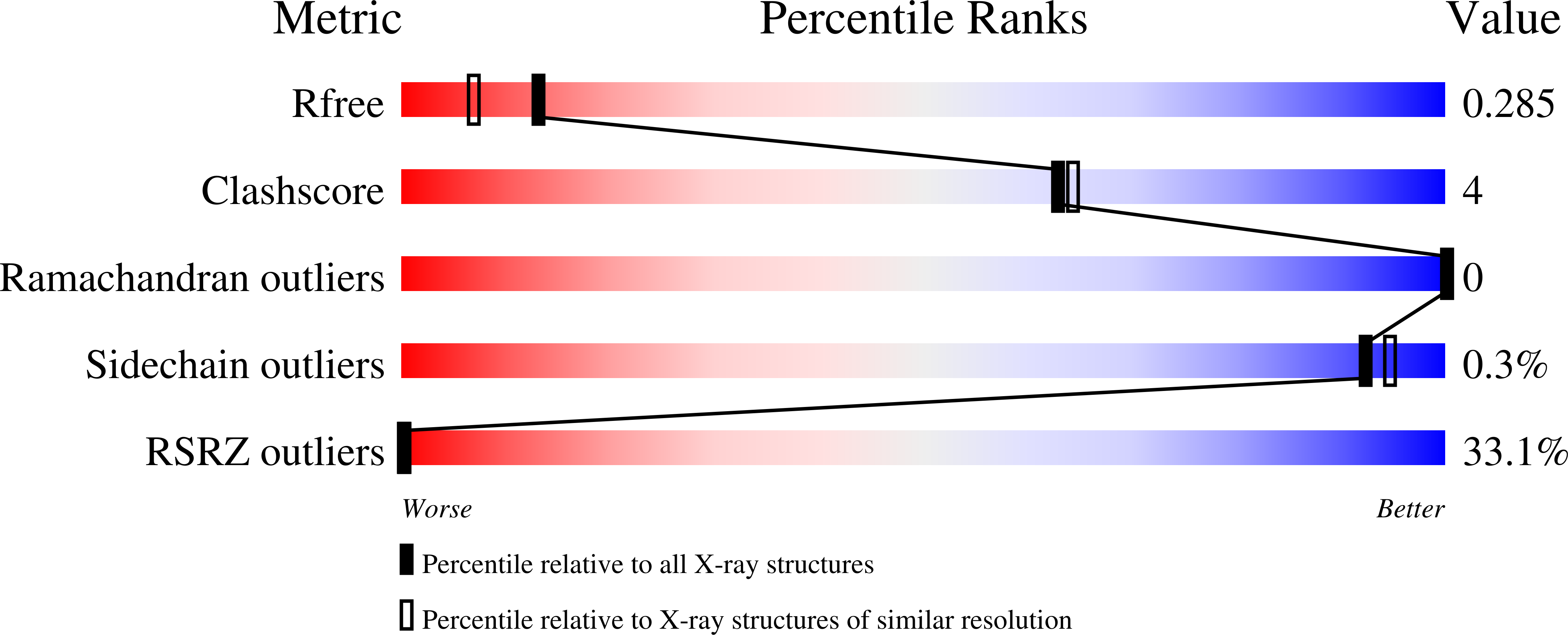
Deposition Date
2021-02-26
Release Date
2021-08-25
Last Version Date
2023-10-18
Entry Detail
Biological Source:
Source Organism:
Cryptococcus neoformans var. grubii serotype A (Taxon ID: 235443)
Host Organism:
Method Details:
Experimental Method:
Resolution:
2.00 Å
R-Value Free:
0.28
R-Value Work:
0.24
R-Value Observed:
0.24
Space Group:
C 1 2 1


